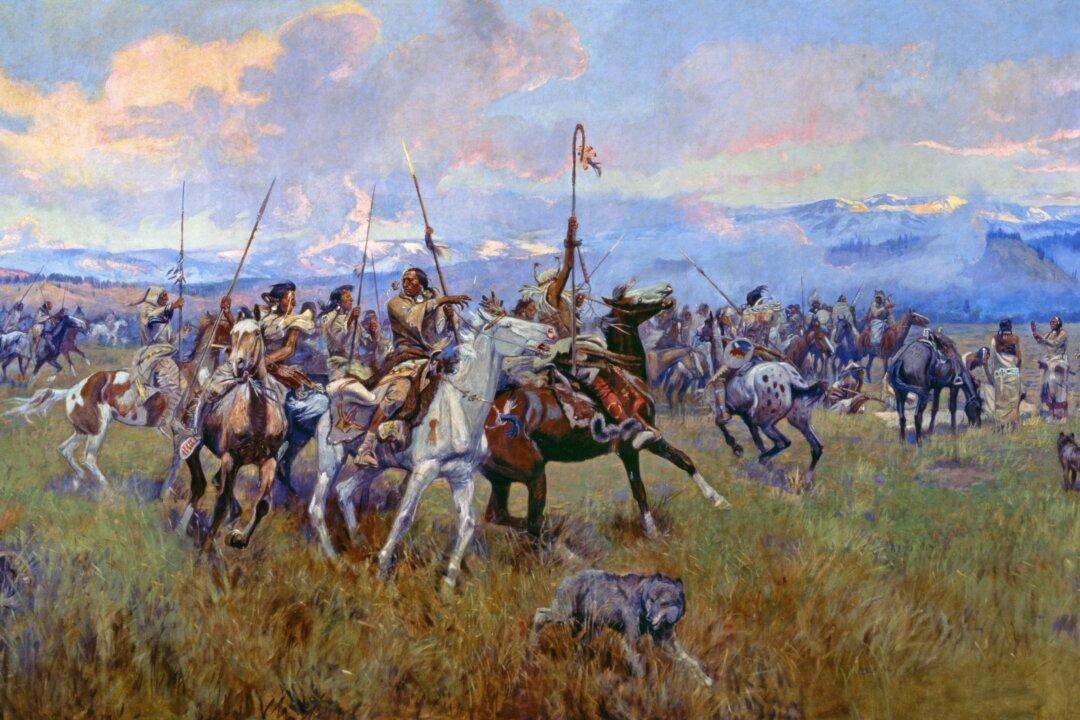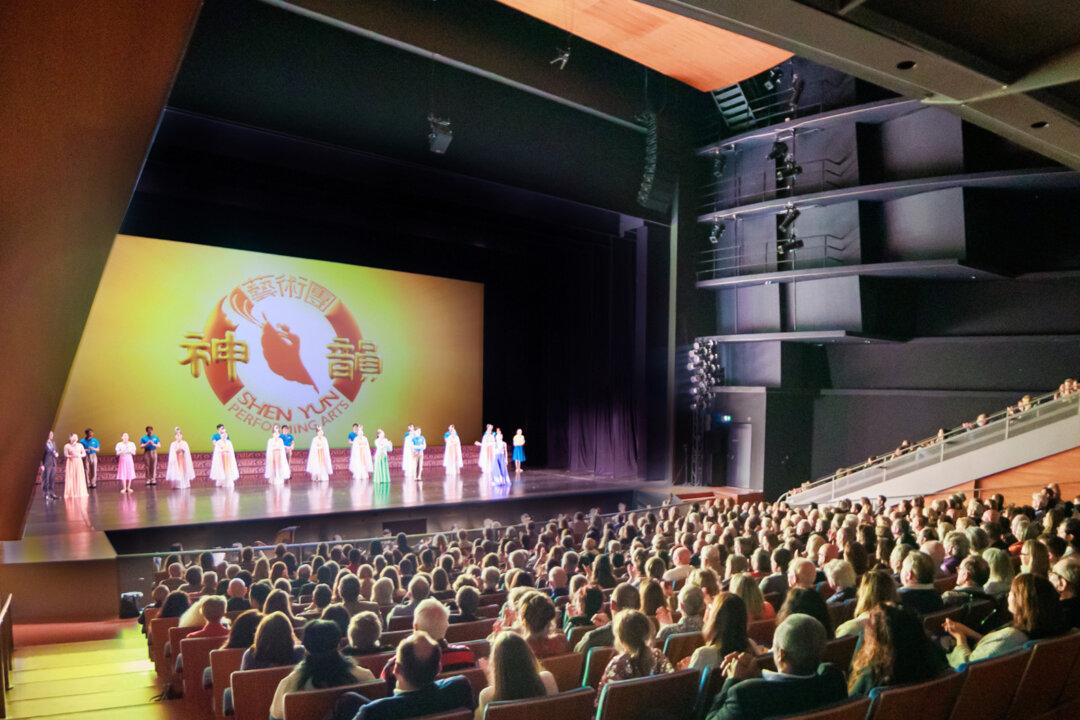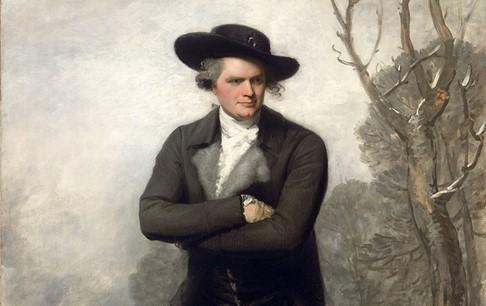The explorers arrived in the valley on a cold and clear morning in September 1805. With a hint of winter coming, Meriwether Lewis wrote in his weather diary that an inch of ice covered the ground in Ross’s Hole, Montana. John Ordway, a member of the Lewis and Clark expedition, noted that snow now covered the nearby mountains. As the group descended the Bitterroot Mountains, second-in-command William Clark observed several ibex, or bighorn sheep, grazing nearby.
The Flathead peoples had lived in the valley between the Sapphire and Bitterroot mountain ranges of western Montana for many generations before the American explorers arrived. Clark wrote how the explorers met lodge members of the Salish Flathead Indians and that they were received warmly. Artist Charles Marion Russell (1864–1926) memorialized this meeting in his painting “Lewis and Clark Meeting the Flathead Indians at Ross Hole” (1912).






